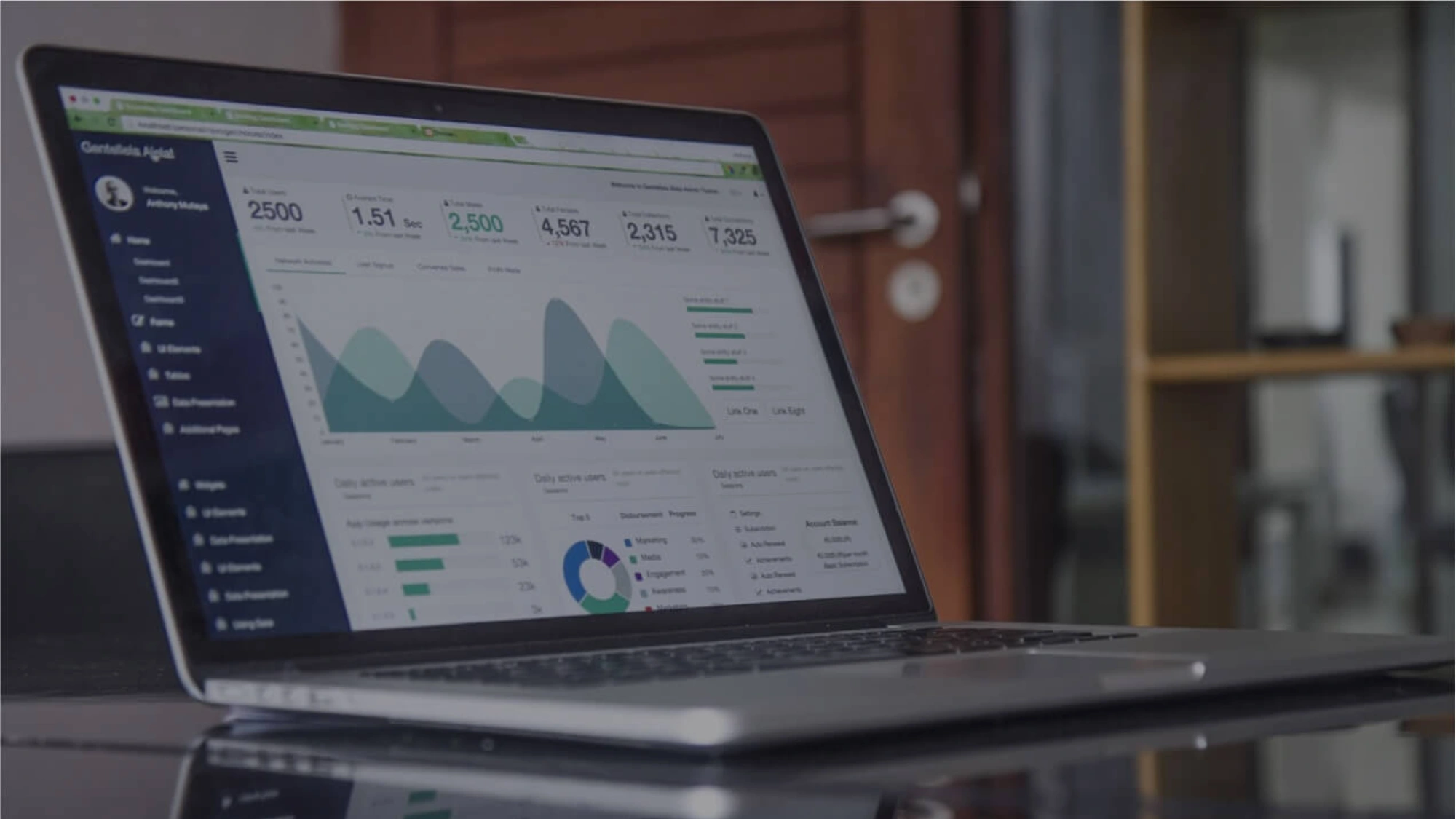1. Target your competition.
In the last two years, Google has limited the use of branded keywords in the ad copy. This means that the chances for you to display ads in searches that target your competitors have dramatically decreased.
However, not all hope is lost. Google Ads still allows targeting keywords related to your competitor’s services or products.
As such, while you can’t use a trademark in your ad’s copy, nothing prevents you from bidding on a competitor’s name. This can be an effective approach to optimize Google Ads.

For example, if you are in direct competition with X company, you should consider targeting customers who are not very happy about their interaction with X. In this regard, consider placing your bid on long-tail keywords such as ‘how to cancel X service’ or ‘X customer service’. You don’t have to use X’s name in your ad copy, just make sure it is compelling enough to draw customers to a better service, which is yours.
2. Don’t be afraid of exact match keywords.
Before 2018, exact match keywords only allowed advertisers to target a specific keyword and its common misspellings. Nothing less and nothing more than that. This has changed, however, and now, exact keyword targeting also includes synonyms, omitted functional words, and paraphrases.
If you’re already using exact match keywords in your Google PPC ads, chances are your ads are displaying for more queries than you might expect. If so, make sure to review all search terms in your Google Ads account to reduce irrelevant and costly impressions, as some of your targeted keywords might have become redundant.
Don’t also forget to add negative keywords when appropriate. This will also help you optimize your Google PPC campaigns and avoid displaying your ads in searches that are not relevant. To manage negative keywords more conveniently, you can also consider leveraging negative keyword lists.
Need more tips on keywords? Check out our article on how to choose keywords for Google Ads.
3. Craft a high-quality copy.
Google has made several revisions over the years to grant you extra space to expand your Google Ads campaign. As per recent changes, your ads can now include a third headline and a second description that goes up to 90 characters. The use of expanded ads is not mandatory, of course, but why not use the extra space?
If you’re struggling to get the perfect headline-content combo, consider trying Responsive Search Ads. These ads allow you to mix and match up multiple headlines and descriptions to help you determine which combination performs best.

Another essential aspect to consider is relevance. If you take some time to explore search engine results pages, you’ll definitely come across ads that rank competitive keywords. However, once you click on the link, they don’t offer a solution or answer to your query. That’s something to be avoided, as all of the efforts you’ve put into PPC campaigns will be worth nothing if you don’t match your prospects’ search intent.
For example, as an insurance company, you might think it’s a good idea to rank for ‘car repairs’, but isn’t this query more appropriate for technicians and vehicle experts?
4. Use Dynamic Search Ads.
Another way to tackle the question how to optimize Google Ads and expand your Google Ads campaign is by implementing Dynamic Search Ads. This type of ad campaign uses the content of your website to target your ads to the right audiences.
Dynamic Search Ad headlines and landing pages are generated by using details and images from your website. This is a great strategy, especially for advertisers who already have a well-developed website or online inventory.
While you may already have several PPC campaigns up and running, Dynamic Search Ads are a great option because they help you fill in the gaps of your keyword-based campaigns.
5. Implement remarketing campaigns.
Let’s face it; high click-through rates don’t always result in high conversion rates. While it’s nice to believe that every user who lands on your website will end up making a purchase, it’s also unrealistic. The truth is, only 2% of leads will convert the first time they visit a website.

An efficient way of driving engaged users back to your products or services is by running remarketing campaigns through Google Ads. This will allow you to include a tracking pixel on your page and define that segment of your audience that had engaged with your brand before but left without reaching the end of your funnel.
The more users see your ads, the more familiar they will become with your brand and products. This will consequently lead to improved conversion rates.
6. Improve your quality score.
All the ads in a PPC campaign are ranked based on their quality score. This score ranges from one to 10 and is determined based on three primary factors: ad relevance, landing page experience, and expected click-through rate.
Make sure to pay attention to all of these factors when planning your PPC campaigns. While not every ad will end up having a quality score of 10, it’s essential to keep improving them over time. After all, your ad quality will ultimately impact your cost-per-click and the position they get in the auction process.
7. Automate your campaigns.
Bid automation might seem quite intimidating, but if you plan on growing your business fast, it’s the way to go.
By using sophisticated algorithms to analyze millions of data points, automation platforms like Adspert tailor your ad campaigns continuously, to ensure that your bids are perfectly aligned with your goals. Automation platforms generally include bid automation, bid adjustments, and targeting.
Not only does automation increase your chances of converting prospects, but it also makes sure you are doing it for the least amount of spending possible. Not to mention the time you will be able to save by setting everything on autopilot.
Bottom Line
Even if your PPC campaigns are up and running, there’s always going to be room for improvement. You might have all the options you need in a single Google Ads account. However, the number of possible combinations is exceptionally vast and might become confusing.
Wondering how to optimize Google Ads and run a successful campaign? You need to target audiences and keywords actively while continually optimizing bids and placements. Your business goals and budget also need to be kept in mind at all times.
By implementing a powerful Machine Learning algorithm, our software helps you optimize PPC campaigns and achieve cost-efficient results aligned with your business goals.
Adspert is an Artificial-Intelligence-powered, fully automated product, so the perfect bid is just a few clicks away.




